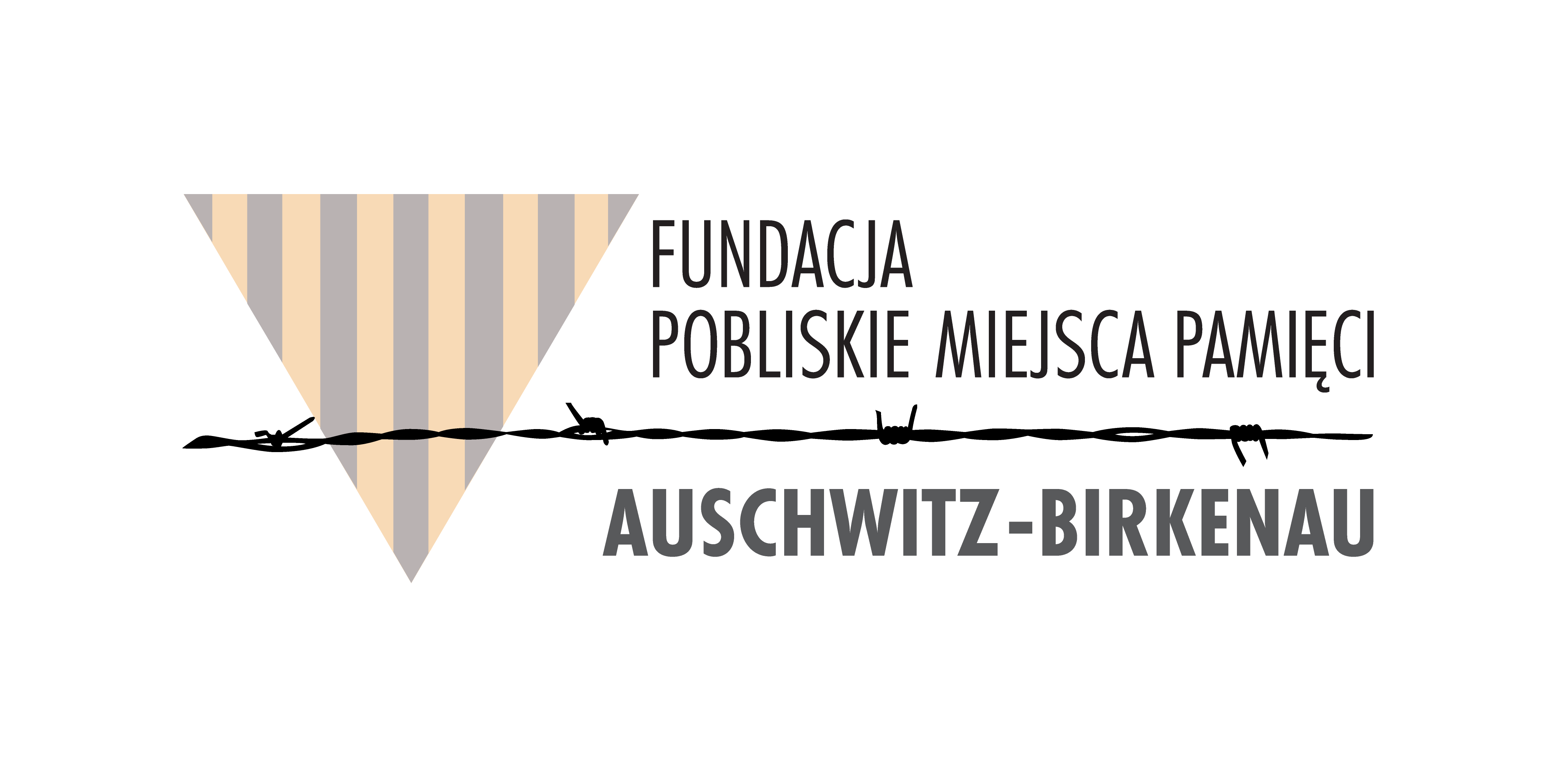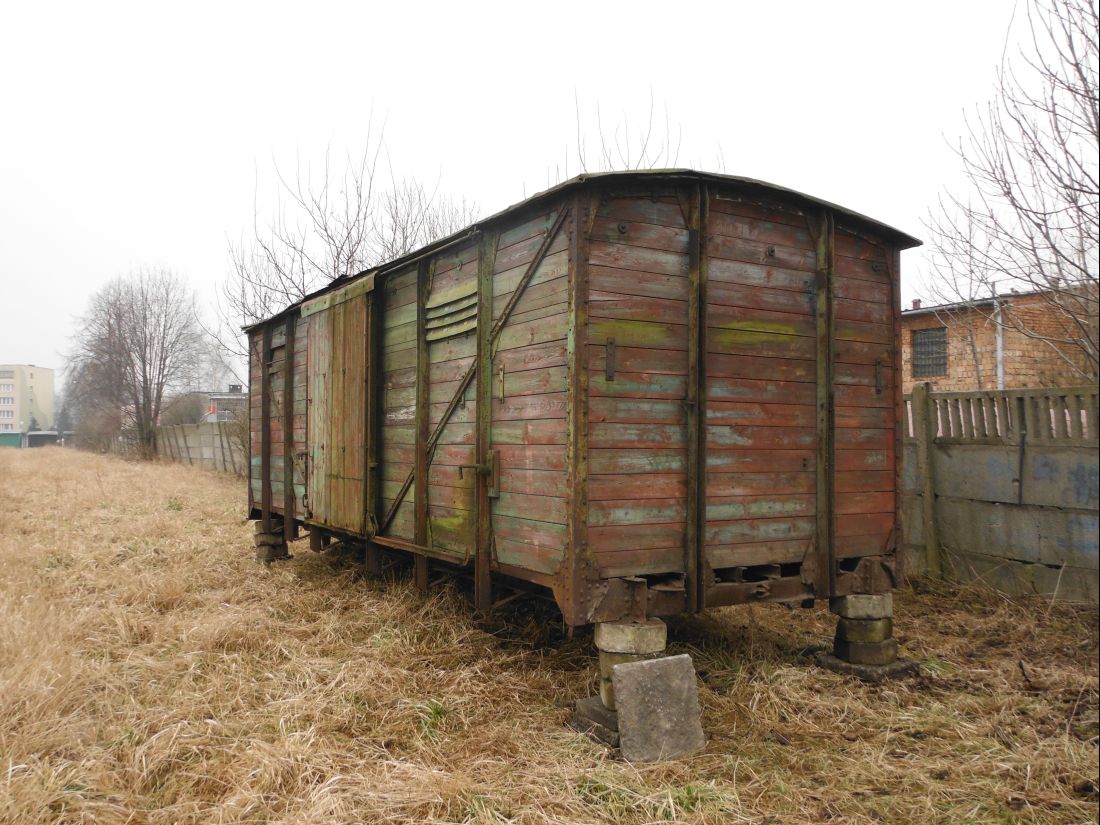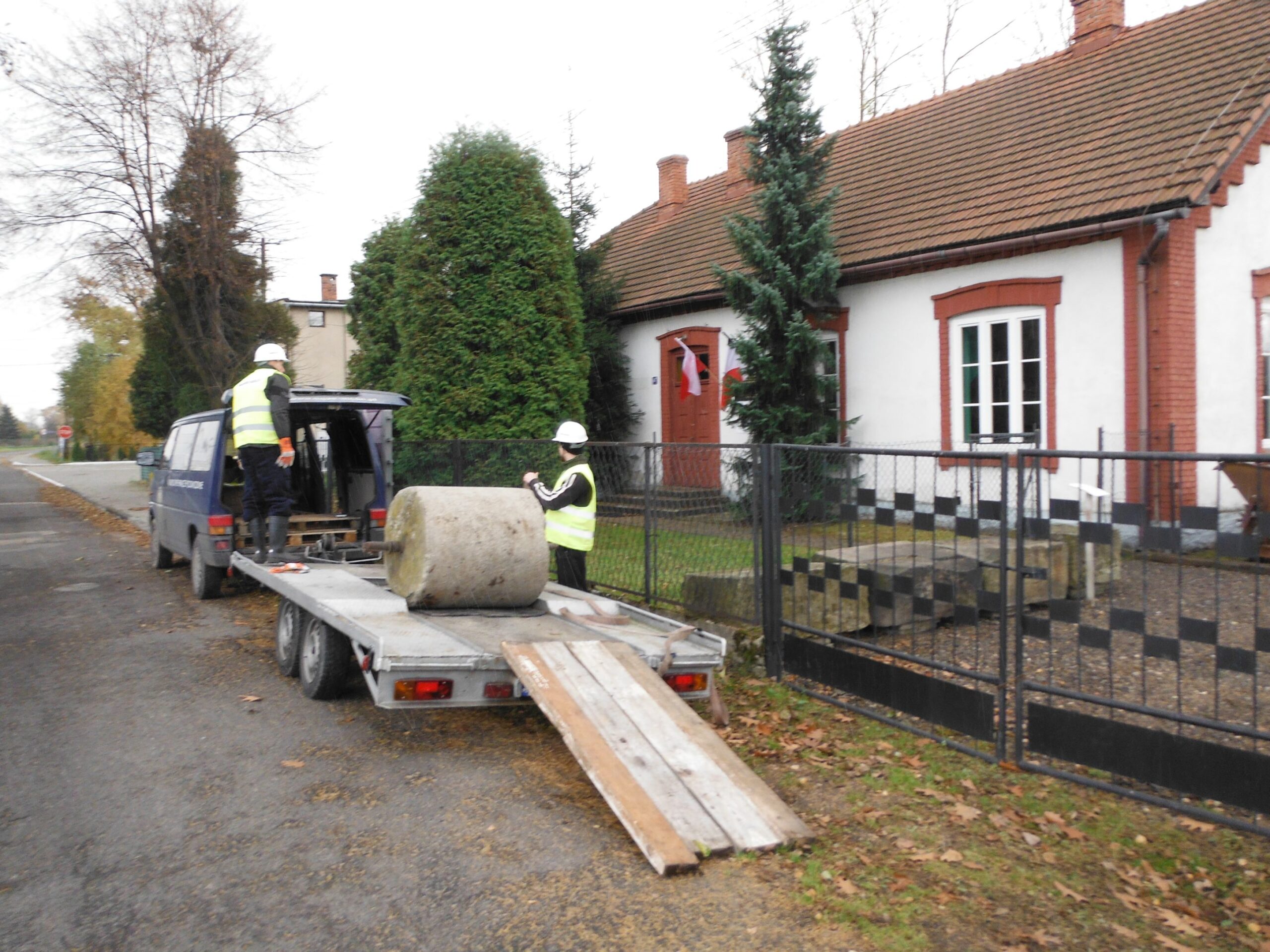More and more artifacts find their shelter under the wings of our Foundation. Most of them are in critical need of conservational intervention. Due to limited funds, we are forced to filter artifacts which condition and worth gives them first place in queue for renovation. We had a similar situation with presented document from SS Hygiene Institute in Raisko, laying just 3 kilometres from the Auschwitz camp, which full name was „Hygiene-Institut der Waffen SS Raisko”.
Circumstances of this finding are worth mentioning. During the works of obtaining parts from original post-camp barrack (which were used as construction material forming a semi-detached house, built after the war using the material obtained from the camp as war reparations), we came across a dirty, torn sheet of paper. After initial cleaning, some writings came up that suggested that we are dealing with a post-camp document with headline SS Lager – Lazarett Auschwitz.
To ensure what we are dealing with, and to fix the document’s provenience, we addressed National Museum of Auschwitz Birkenau. The one who helped us, was mr Wojciech Płosa, manager of the archives, who recognized the document and partially decrypted it. It contains names of prisoners, camp workers, SS soldiers, a physician and his family.
Prisoners: Michaldo Stanislaus nr 119597, Szniadkiewitz Hen. nr 143654, Gregorczick Wasyl nr 159230, Parsch Bert nr 77891
SS soldiers: Unterscharführer Fischer Ernst, Grenadier Willing Hans, Grenadier Weiser Hermann, Dekympe Heinrich, Aufseherin Chilinski Christine.
Physician and his family: Dr. Rohde his daughter Hilda Rohde and wife Käthe Rohde.
According to the document’s contents, it appears that both the victims ad the torturers have been listed on the same documentation of the Institute. As patients, whose samples were tested there they’ve been treated equally, which is a specific paradox in a place like Auschiwtz. It is another one from around forty thousand (40.000) such documents stored at the National Museum of Auschwitz – Birkenau.
Studying the history of KL Auschwitz functioning is hard and responsible work. The fact, that we managed to save another document describing history of tragedy from 70 years back, confirmed the point of renovating it. Conservational works were performed by specialists from paper conservation workshop Remarka, everyday employees in National Museum of Auschiwtz – Birkenau from conservation works section. Thanks to their knowledge and experience we’ve been able to secure the document for years to come.
In the collection of our founder there are many valuable artifacts, originating from other part of Rajsko village, that was formerly in the campl infuence zone, Interessengebiet des KL Auschwitz. In the KL Auschwitz sub-camp Raisko, which functioned from June 1943 to January 1945, female inmates worked at the SS farm (Konzentrationslager Auschwitz SS Landwirtschaft Gärtnerei und Pflanzenzucht Raisko), with gardening works and many experimental plantations. In 1944, there were around 300 inmates in the sub-camp. Forementioned artifacts are proof, that not only kok-sagiz was item of studies and experiments. We hope, that in the future they will help widen the knowledge of Raisko sub-camp, and fulfill the already exisiting scientific descriptions. At the moment they are awaiting conservation, which can be supported by anyone close with the idea of conserving for the future generations the memory of tragic history about the KL Auschwitz complex.
Below we present photos of the preserved document, also in UV luminescence. Photography under signature fpmp56 has been treated with specialistic graphical treatment for increasing document’s readability by Mrs Barbara Cebrat.



